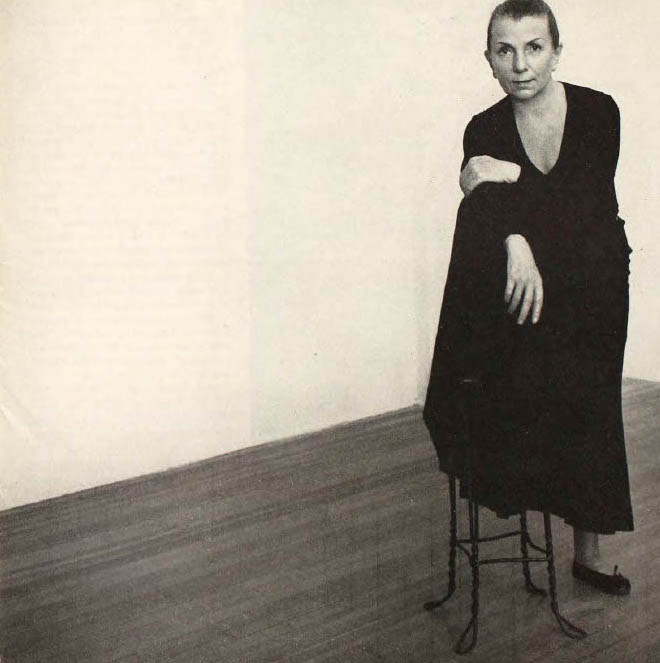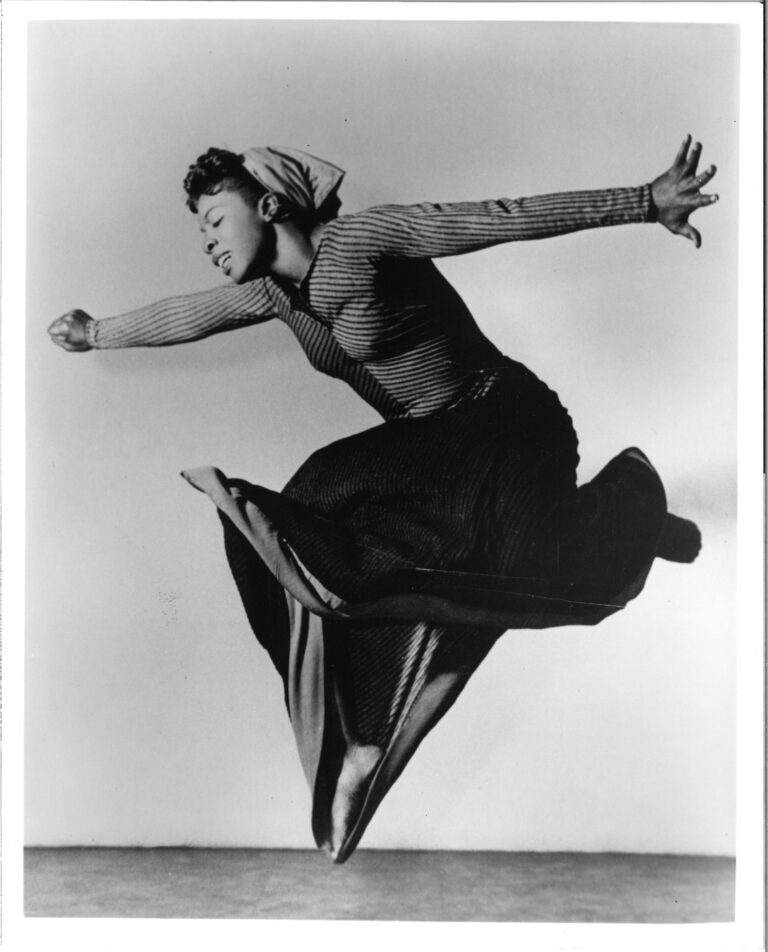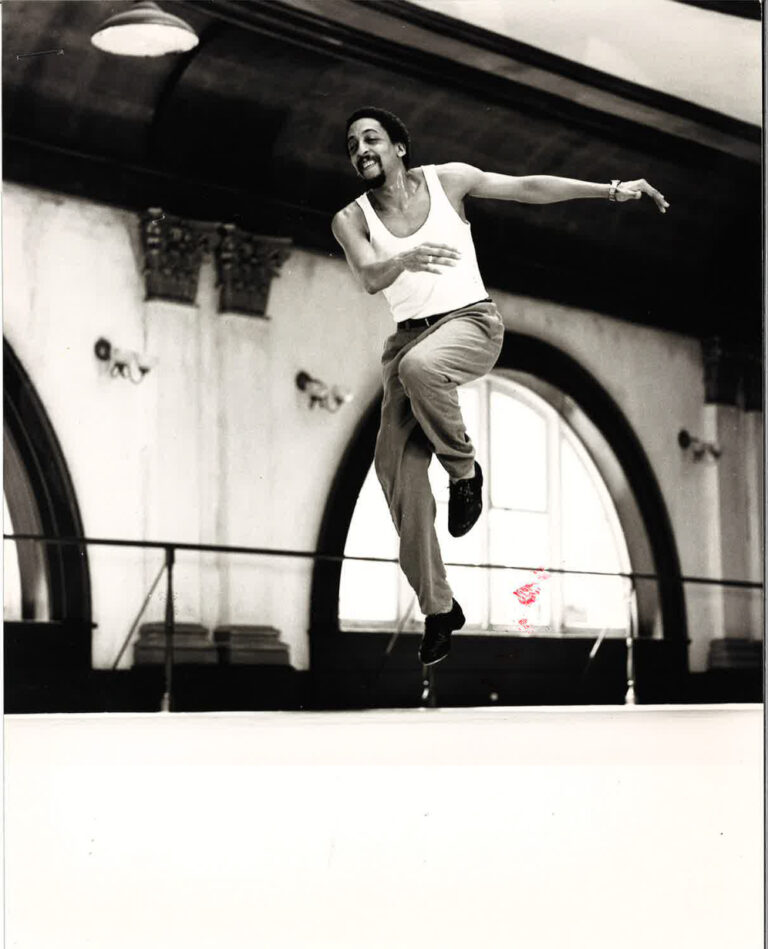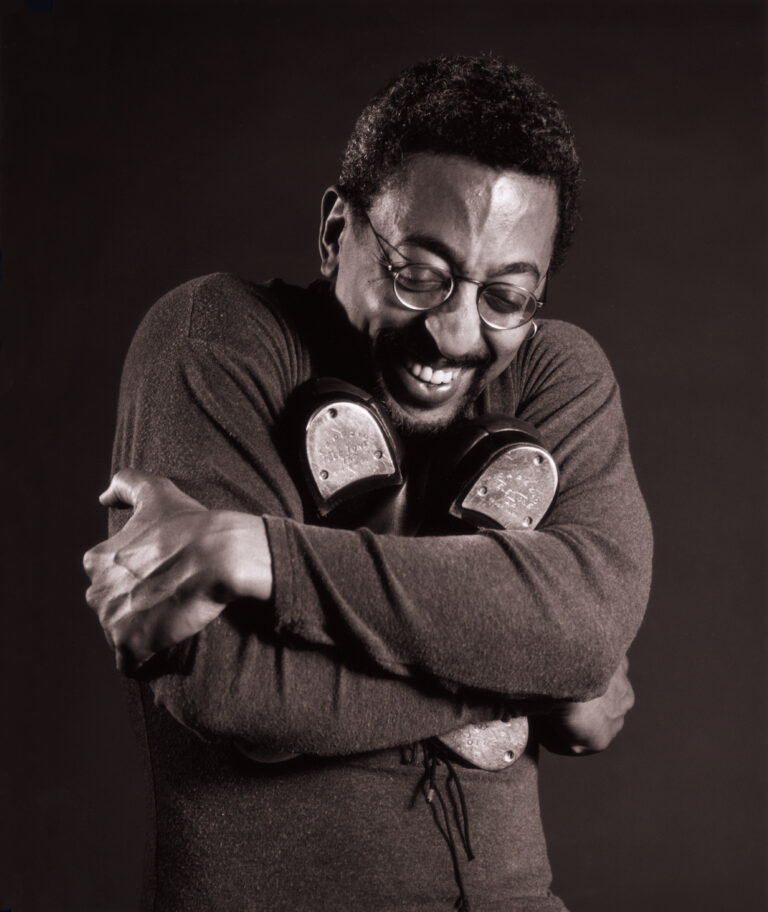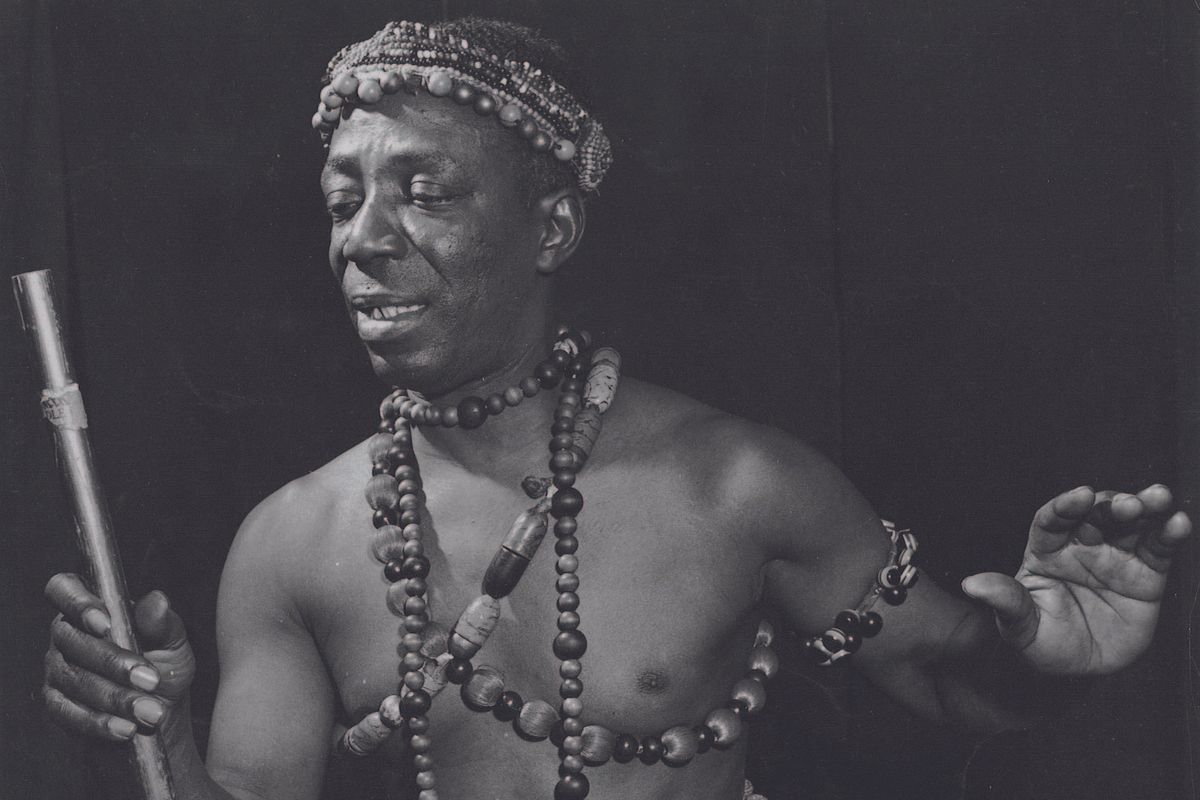
Though Asadata Dafora isn’t widely known today, he blazed a trail for countless African-based dance companies who enjoy a firm foothold on the concert dance stage today. He reworked the spatial orientation of various cultural dances to fit a proscenium stage and made them more presentational to appeal to Western audiences.
Dafora influenced many dance artists directly, most notably Katherine Dunham, Pearl Primus and Charles Moore, and heads a rich African-dance lineage that includes such luminaries as Jawole Willa Jo Zollar and the late Chuck Davis. In 1977, Davis founded DanceAfrica, an annual festival that celebrates African culture through dance, music, art and film.
Here are three of his most iconic works.
Awassa Astrige/Ostrich (1932)
In this minimalistic solo set to flute and African drumming, a warrior adorned in feathers transforms into an ostrich. With undulating flapping motions of the arms, coupled with sporadic juts of the chin forward and a puffed-out chest, Dafora struck the perfect balance between man and bird.
Kykunkor (The Witch Woman) (1934)
Dafora’s inspiration for this evening-length dance opera was a folktale he heard in a West African community: A man chooses a bride, after which his nuptials are interrupted by a witch who casts a spell on him, at the behest of a jealous suitor. The man is later revived, and celebratory dances ensue. Kykunkor was Dafora’s first major success, launching his career and exposing many audiences to African dance for the first time.
Macbeth (1936)
Dafora choreographed some of the dance sequences for this Works Progress Administration–produced rendition of the Shakespeare classic, directed by Orson Welles. Set in 19th-century Haiti, the production featured an all-black cast. In addition to choreographing, Dafora led the drumming sections.

